
The Catholic Church Siphoned Away $30 Million Paid to Native People for Stolen Land

news, new scholarship & more from around the world

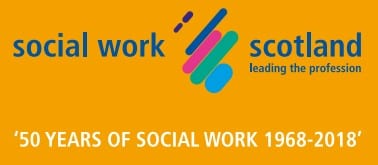

Rising from the ruins of World War I, in the 1920s Vienna’s socialist administration was famous for its innovative housing and public health programs. But at the heart of “Red Vienna” were its services for children, guaranteeing that even the poorest young people could share in the joys of childhood — and the foundations of a fulfilling life.


This is the first full-length biography of Richard Titmuss, a pioneer of social policy research and an influential figure in Britain’s post-war welfare debates.


Soldiers in gas masks advance on World War I Bonus March demonstrators in Washington, D.C., July 1932
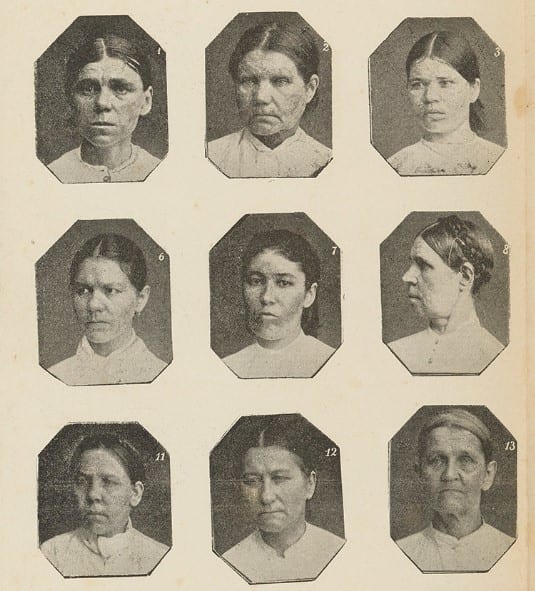
Physiognomies of Russian criminals from The Delinquent Woman (1893)


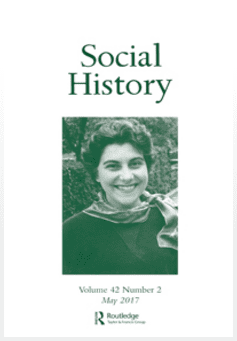
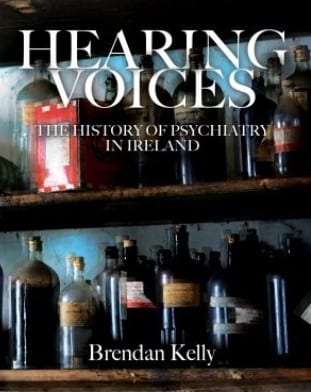
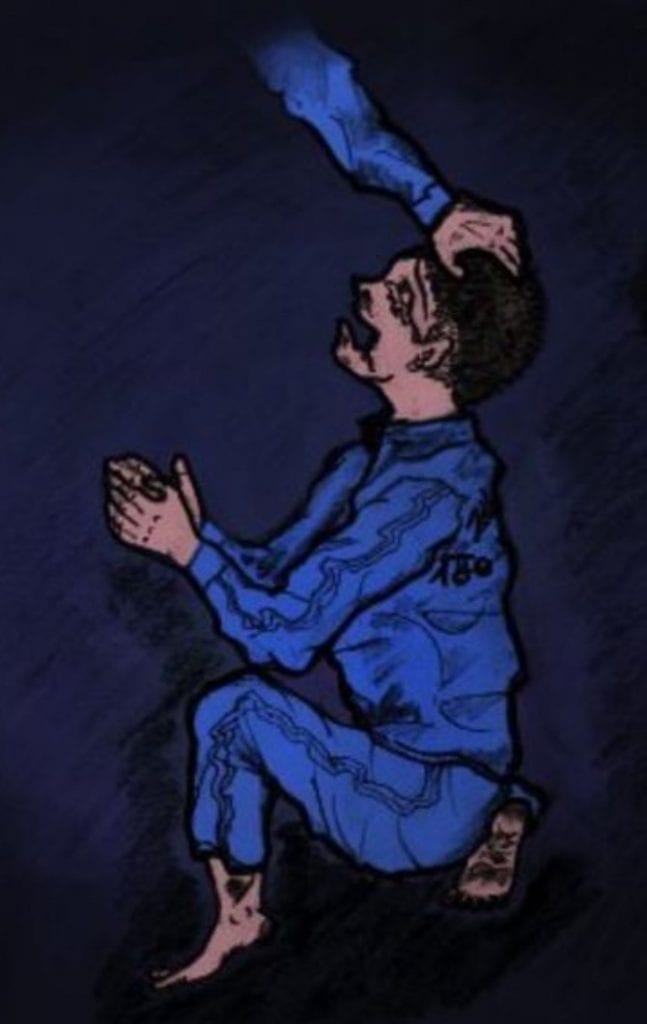
In April 1981, a letter arrived at the office of then-Prime Minister Nam Duck-woo. The letter, handwritten by President Chun Doo-Hwan, a former general who had seized power through a military coup a year earlier, ordered the authorities to “crack down on begging and take protective measures for vagrants”. Under the ordinance which allowed arbitrary detention of vagrants, social welfare centres were set up and buses with signs that read “Vagrants’ Transport Vehicle” began to appear in large cities like Busan.



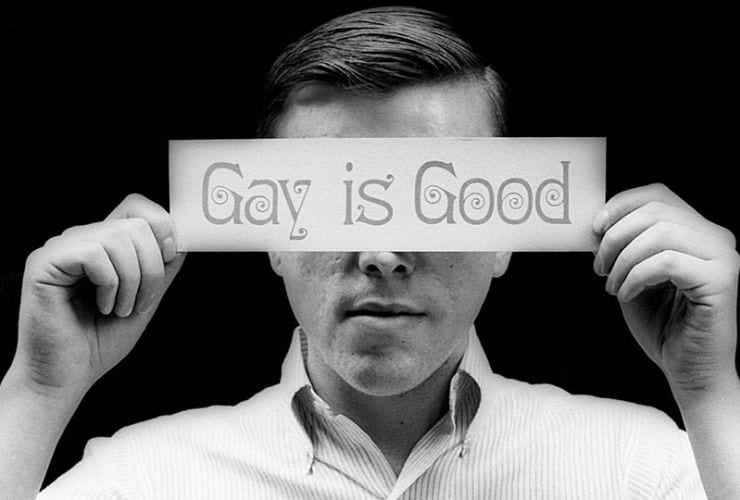
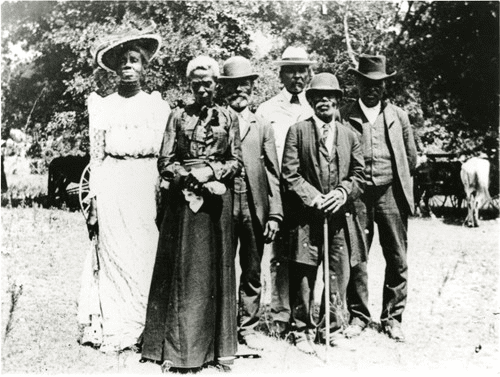
Juneteenth day celebration in Texas, 1900.
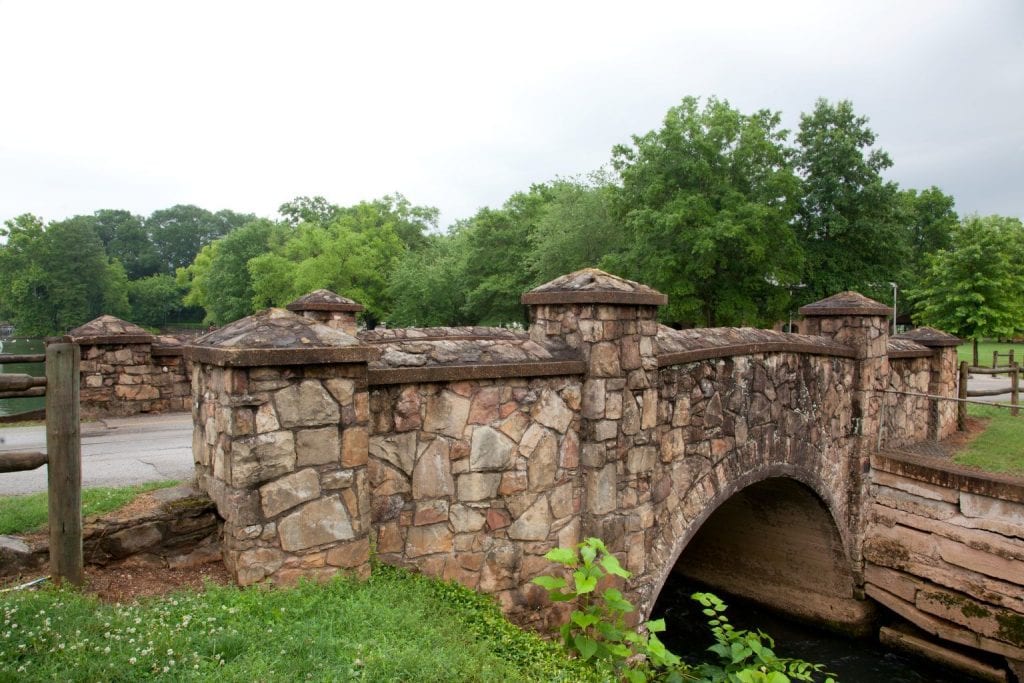



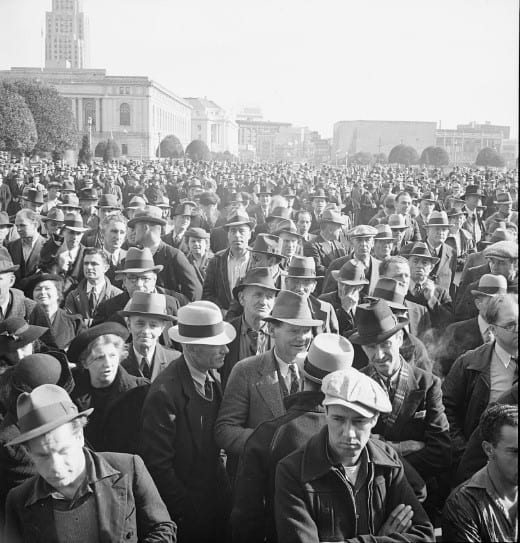
February 1939


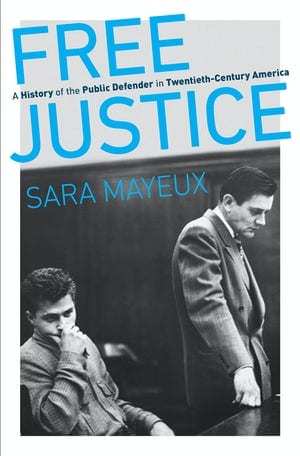

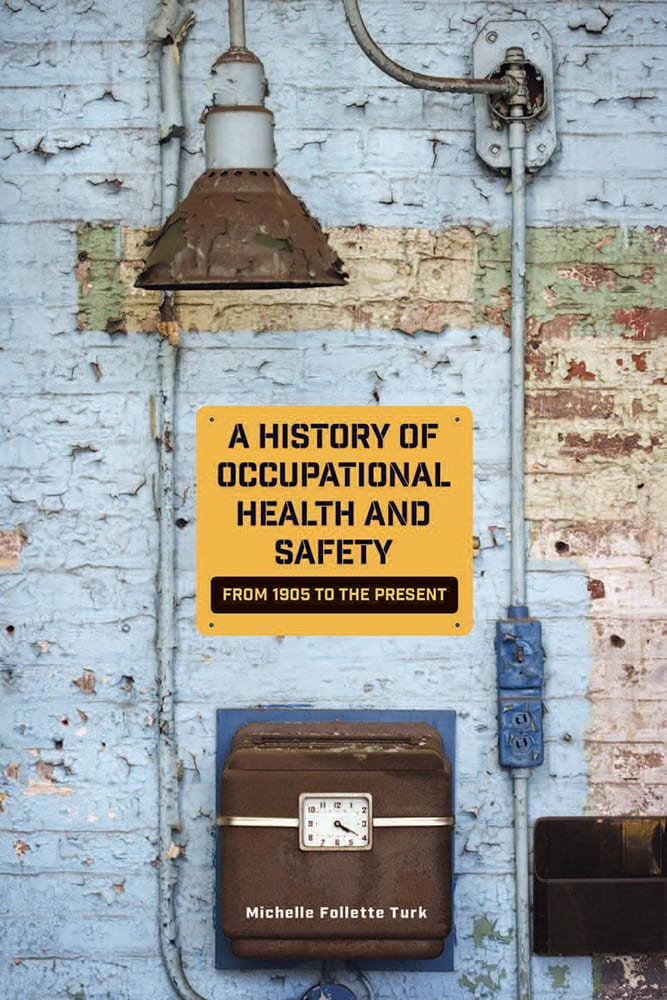

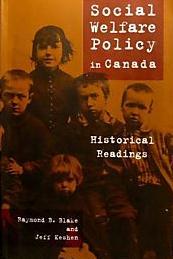
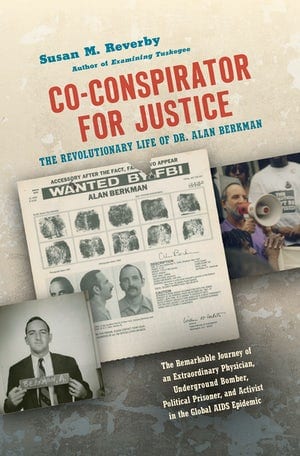

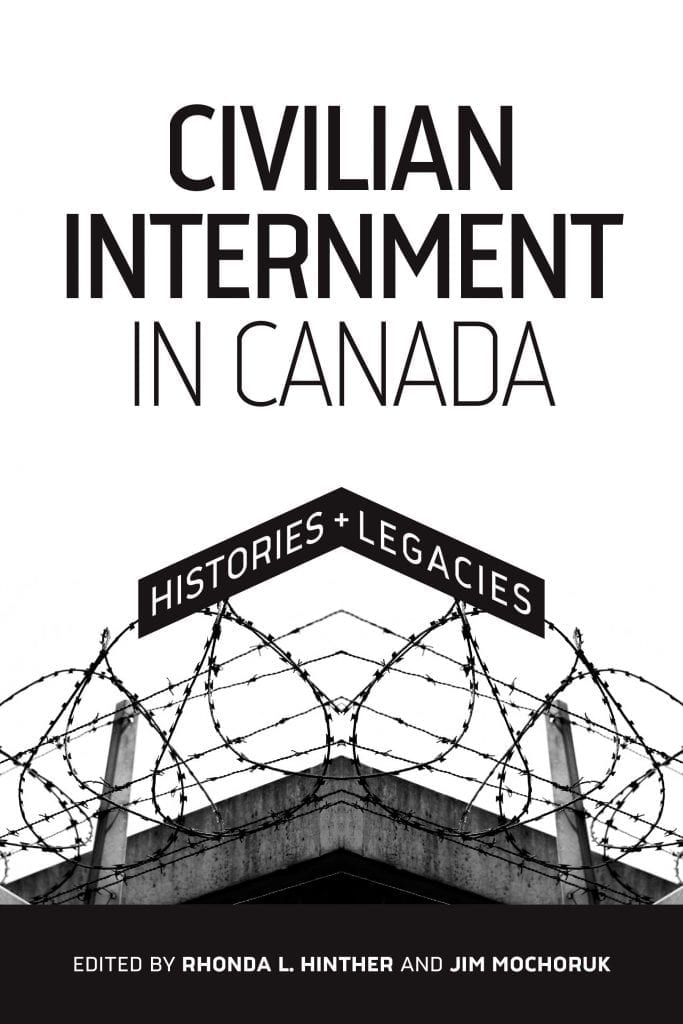

Kiyoshi Kuromiya, October 6, 1999
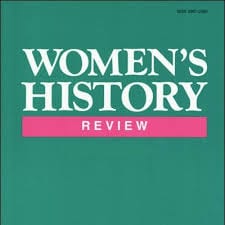
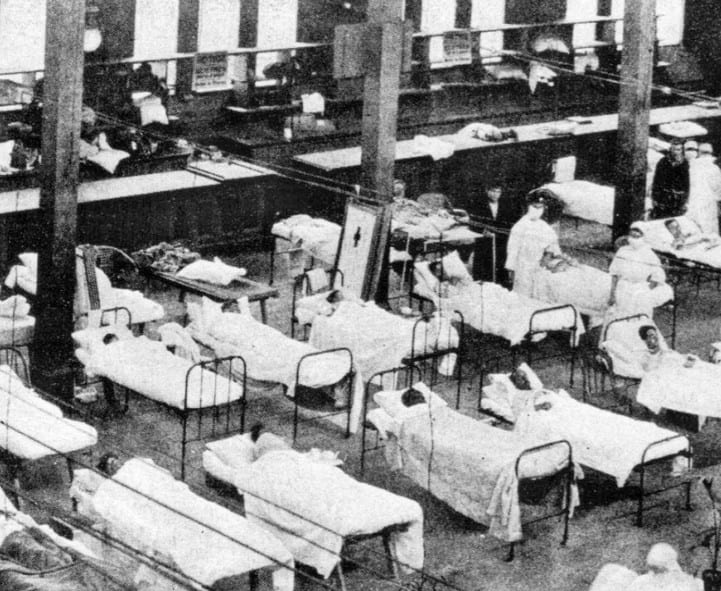
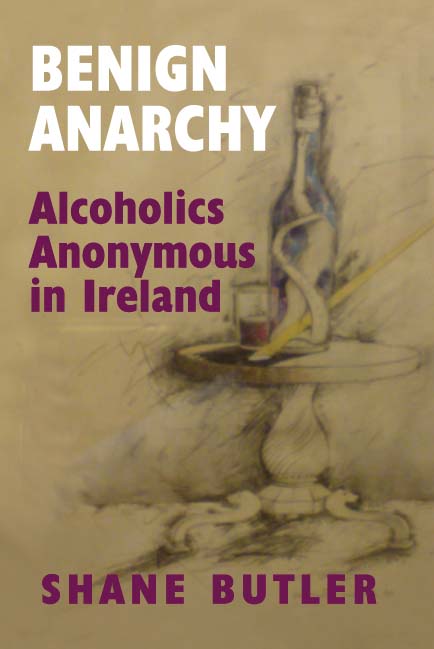
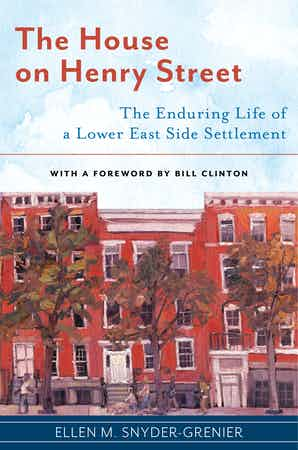
For over 125 years, Henry Street Settlement has survived in a changing city and nation because of its ability to change with the times; because of the ingenuity of its guiding principle—that by bridging divides of class, culture, and race we could create a more equitable world; and because of the persistence of poverty, racism, and income disparity that it has pledged to confront.
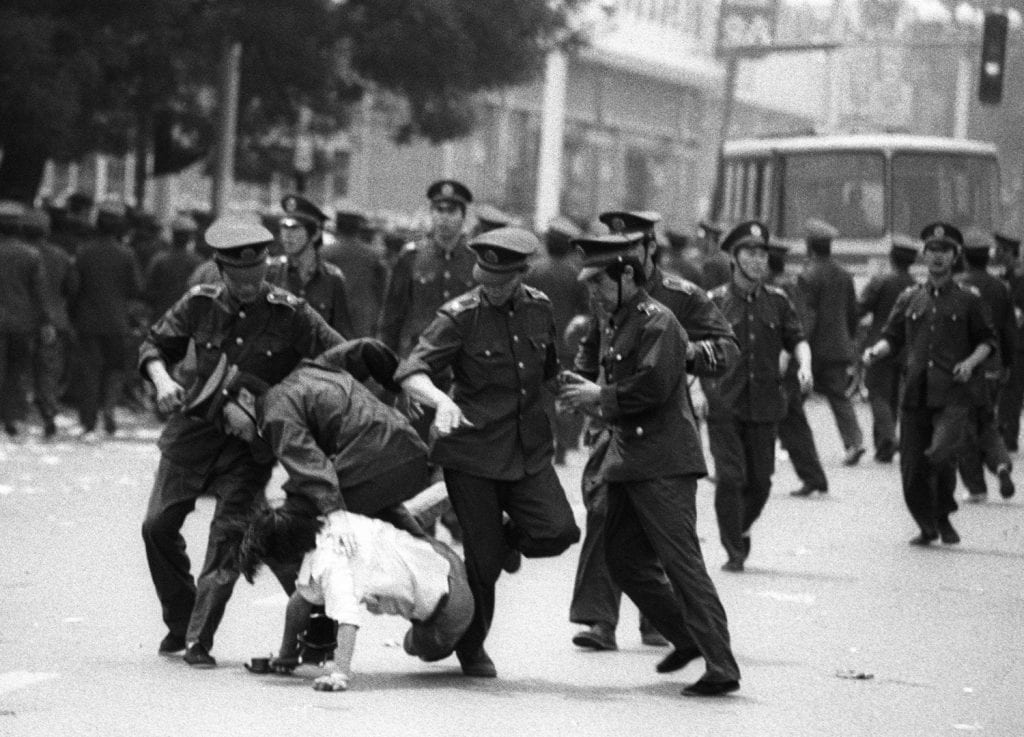
In the spring of 1989, pro-democracy protests developed in Beijing’s Tiananmen Square, where students and others called for government accountability and freedom of the press, among other popular causes. Overnight on June 3rd and 4th. . . the government enforced martial law, staging a bloody dispersal of the demonstrations, which killed between five hundred and twenty-five hundred people and initiated a new era of conservatism in the country.
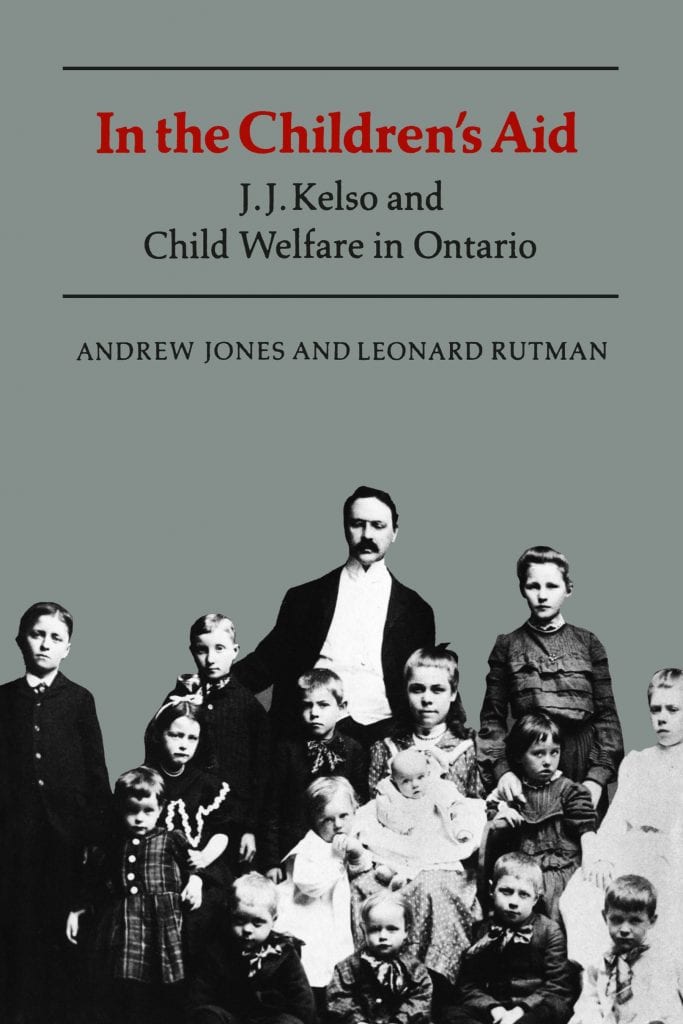

Red Cross workers fold reusable masks during the influenza pandemic, Boston, MA, USA, March, 1919
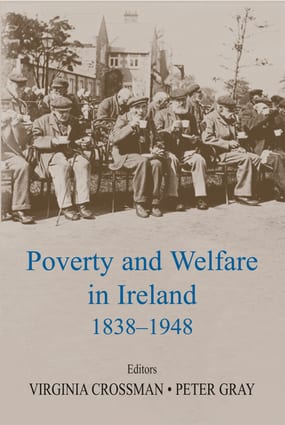

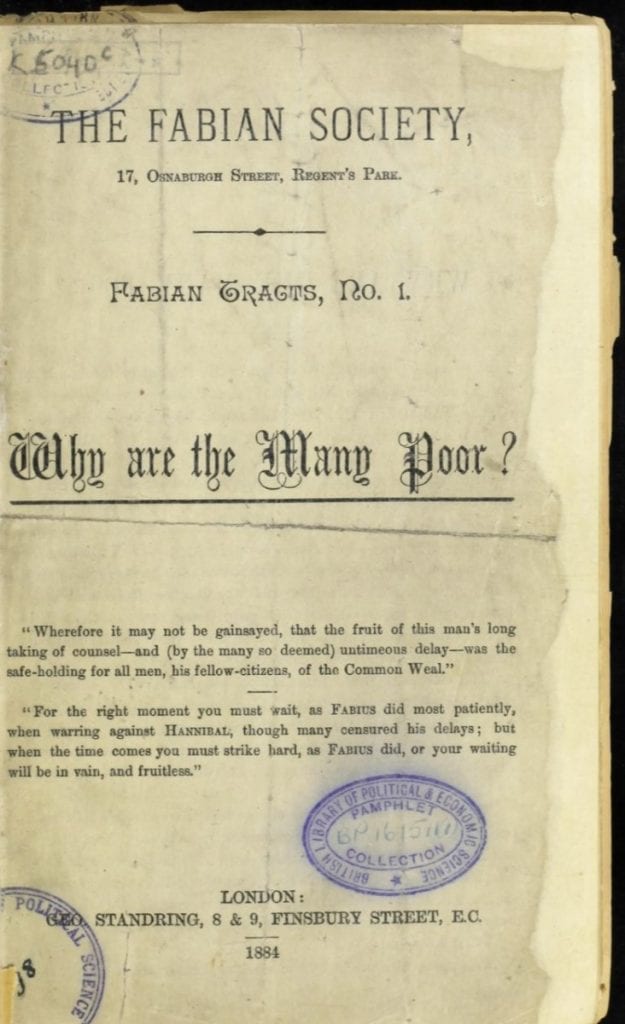
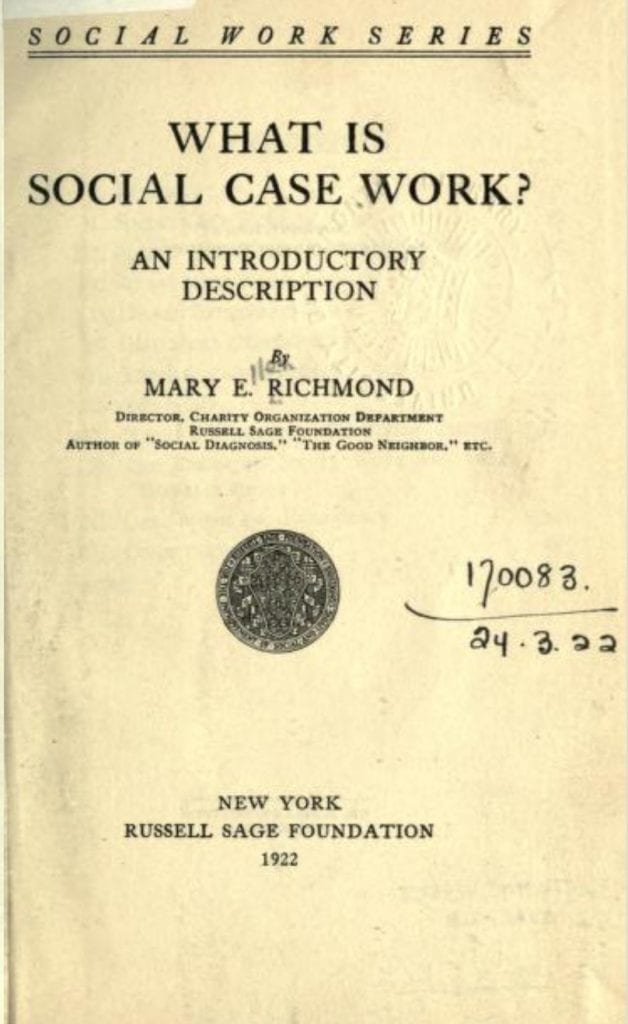

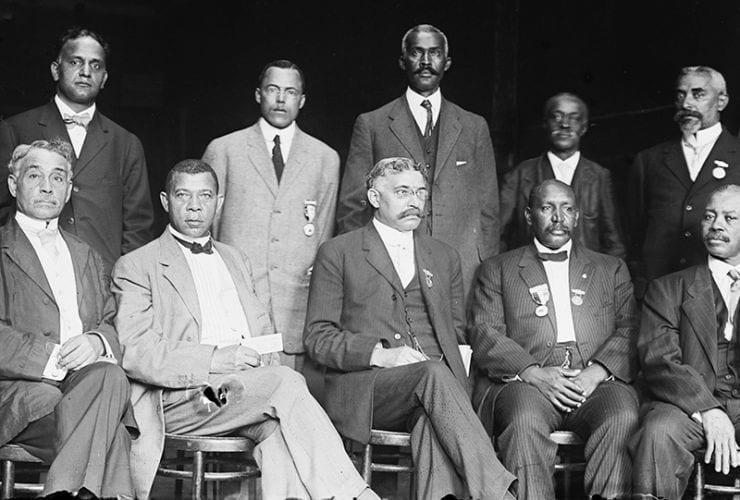
The National Negro Business League with founder Booker T. Washington, c. 1910
